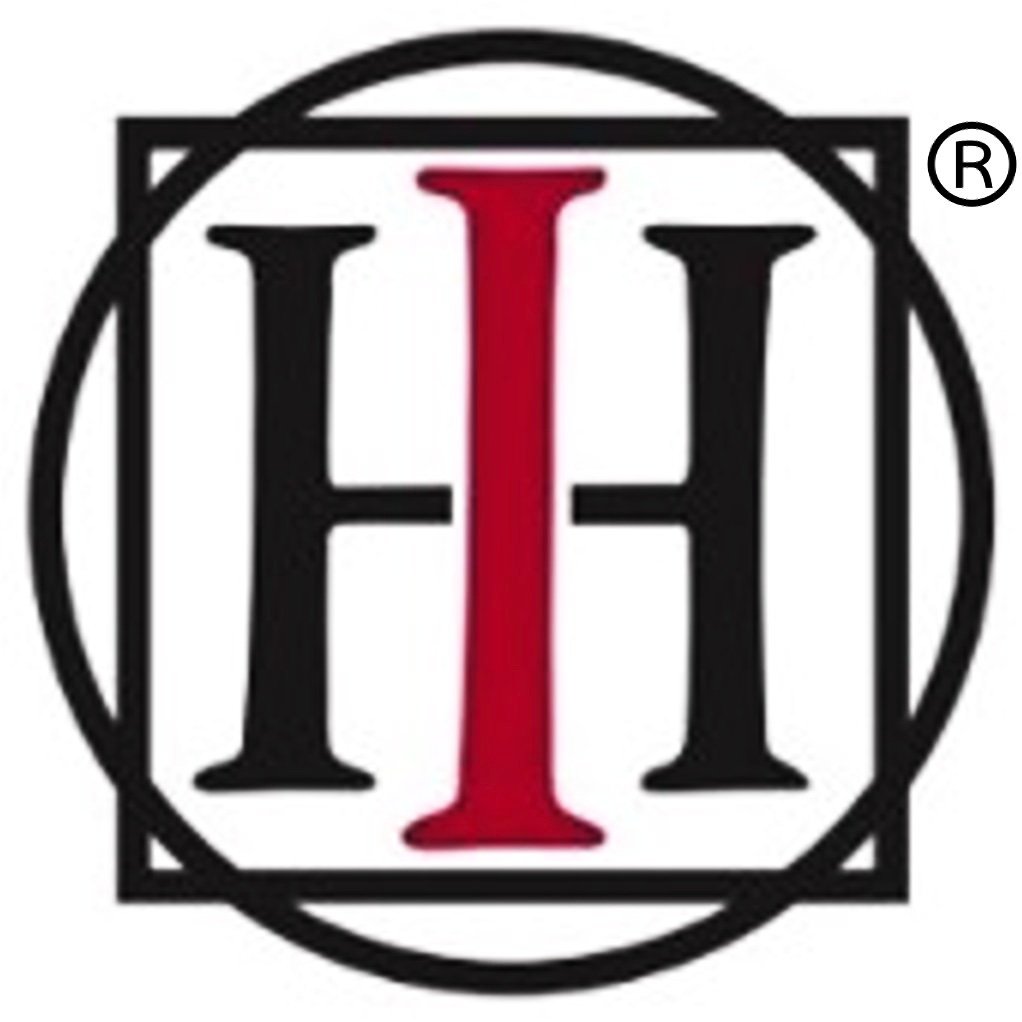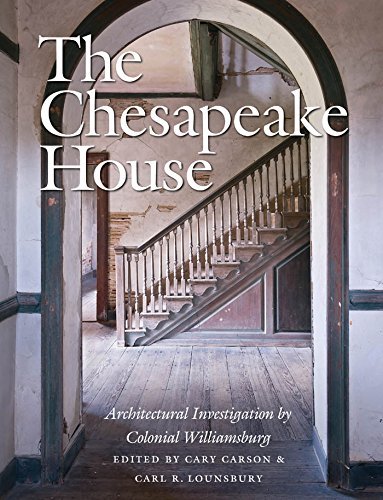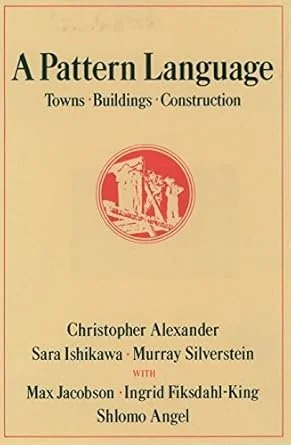Street Address
San Francisco, California
415.993.1333
innermost house
▪ INNERMOST HOUSE® ▪
A DEEPER HOME
Every spirit builds itself a house; and beyond its house a world; and beyond its world, a heaven.
THE VIRGINIA HOUSE PROJECT
The pine and the oak shall gladly descend from the mountains to
The Virginia House Project is a pilot program of land restoration, historical interpretation, and cultural renewal developed by the Innermost House Foundation, a 501(c)(3) nonprofit educational organization based in California and Virginia. Our purpose is to restore nature to health and craft to wholeness, ultimately to repair the broken link between body and mind in the individual soul. We design to bring the material foundations of an American Wisdom Tradition into focus, thus making wisdom accessible again to individuals everywhere who seek a higher, deeper relationship to life. Our project is an exercise in “groundtruthing”: of testing the hypotheses of the founding American wisdom of “plain living and high thinking” by grounding that tradition in material reality.
Through Wisdome an House is Builded.
Our second conversation rests upon forest foundations and develops inwardly to explore the theme of structure. Our experiment begins with harvesting from the forest a red cedar, a white oak, a black locust, and a yellow pine. From those elements we cut and hew and raise a frame to conjure the spirit of a unique American culture. The Virginia Frame is among the earliest building forms to emerge from European precedent on the North American continent. It remembers the past in its structure, while, at the same time, it anticipates the future. What can the evolution of frame technology from the 17th century to the present day teach us about the changing structure of our civilization? What can trees tell us about who we once were, who we are now, and who we aspire to be? Our Framing experiment brings into material focus fundamental questions of purpose and meaning. Can human culture survive unsupported by a frame?
III. FIRE
Reclaimed Timber
Furniture Making
Calligraphy
We express our abiding gratitude to all our generous colleagues for their voluntary contributions of time, land, materials, craft, resources, and expertise:
IMAGES
Den Belitsky: Autumn Forest Ancient Tree, Adobe Stock 125285680
AHEflin: Blue Ridge Mountains, Sunset from Blue Ridge Parkway, North Carolina, Adobe Stock 130951012
QUOTATIONS
”Every spirit builds itself a house. . .” Ralph Waldo Emerson, Nature
”The pine and the oak. . .” Ralph Waldo Emerson, “Domestic Life”
”The only gift is a portion. . .” Ralph Waldo Emerson, “Gifts”







